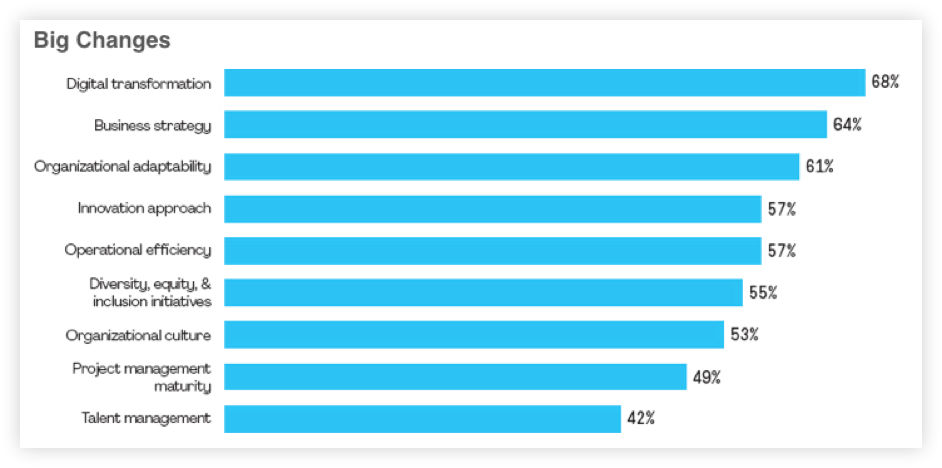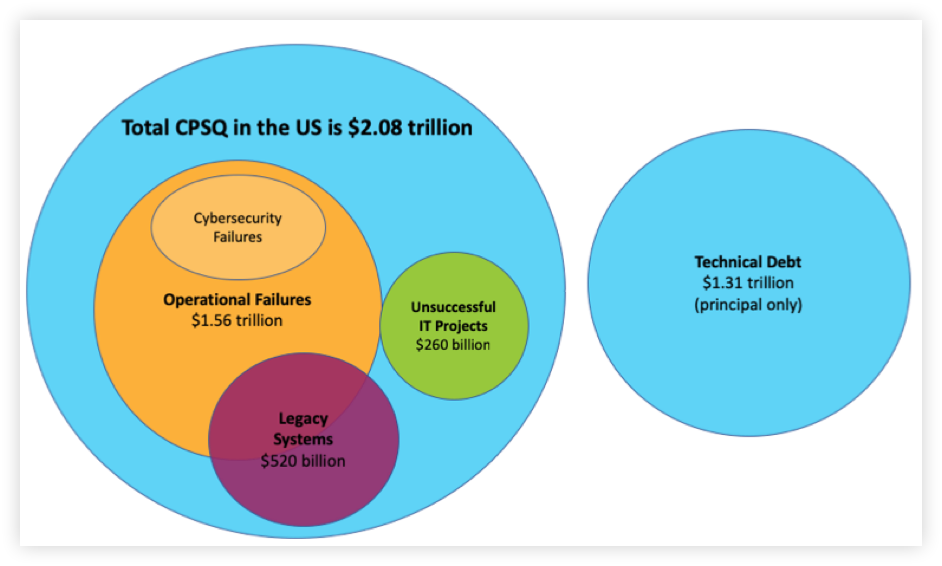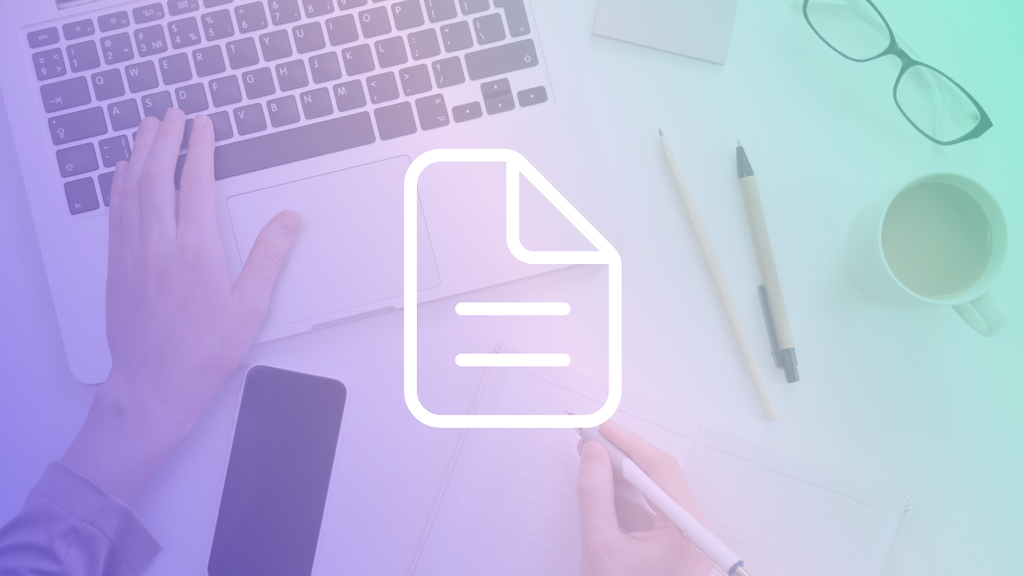Thanks to the impact of COVID-19, businesses across the world have been thrown head first into an accelerated period of digitalisation. If you’re in this position, having a go-to requirements gathering template helps you make smarter decisions.
According to PMI’s 2021 edition of its annual Pulse of the Profession Report, digital transformation is now a clear priority for businesses, with 68% of organisations surveyed experiencing significant changes in this area over the past year.

(Image source: pmi.org)
If your organisation is in the process of digitalising as a response to the pandemic, it’s important to consider how to manage the process.
Software projects are notoriously prone to running over-schedule and over-budget, particularly where project teams lack specific IT experience. One of the traps you can fall into whilst looking for new software is not having a solid enough idea of what your business needs it to do – in other words, not investing enough effort into gathering requirements for your software.
The good news is that, with the right tools and experience, requirements gathering doesn’t have to be a problem. If you gather and analyse your requirements efficiently and thoroughly, they can be key to a fantastic software choice that adds significant value to your organisation.
Below, we outline what requirements gathering looks like, and how you can use a requirements gathering template to get the process right.
What is requirements gathering?
When you make a software purchase or invest in custom software development, you’ll have numerous stakeholders invested in the project. A good software purchase takes all of their needs into account.
The process of identifying these needs and turning them into a functional list of ‘must-haves’ and ‘nice-to-haves’ for new software solutions is called requirements gathering.
Typically, you can divide these requirements into business requirements (what a software solution needs to improve for your organisation) and functional requirements (what the system must do itself).
For example, if you’re looking at new intranet software, your stakeholders might include:
- The IT department, because they will have to implement and maintain the software
- Internal comms, because they will use the software to share company updates
- HR, because they will use the software to automate employee-based business processes like booking leave
- Line managers, because they will use the software to help manage their teams
- Your wider employee base, who will rely on the intranet for essential updates and HR functions
You need these users to buy into your new intranet so that your organisation can realise the benefits of the software – in this case, better employee engagement and smoother communication across the business.
And, if you want them to buy in, you’re going to need their input on what they want the software to do for them.
This is not the same as simply asking people what they want.
Doing so will only lead to a software purchase that offers your stakeholders all of what they want, but none of what they need. That’s why, to gather requirements successfully, you need to take a more structured approach.
A requirements gathering template helps identify genuine business requirements
When looking to make a software purchase, businesses tend to take a structured approach to gathering requirements from stakeholders – for example, structured interviews or written surveys.
This helps with requirements management, because it imposes fixed parameters on a question that could be answered nearly infinite ways. It also saves time when it comes to requirements analysis because all of your answers will be in the same format.
To start the requirements gathering process, you can create a template for these questions or surveys by yourself. If your project managers are new to software selection and don’t have the expertise, however, there are plenty of readily available options you can download.
These help save time by:
- Removing the time costs (and employee hours) involved in creating your own requirements gathering template
- Providing an expert-created jumping off point for project teams new to software selection
- Making it easier to amalgamate responses into a software requirements document, which you can send to potential vendors to see if they’re a good fit
What are the consequences of poor requirements gathering?
Poorly-defined requirements are the bane of project teams across the world, and one of the most common reasons for IT project failure.
This failure doesn’t come cheap – according to a report by CISQ, the total Cost of Poor Software Quality (CPSQ) in the US came to $2.08 trillion in 2020. IT project failures contributed a significant $260 billion to this – and that’s not taking into account the cost of technical debt that resides in uncorrected software defects, which CISQ values at $1.31 trillion.

(Image source: it-cisq.org)
One major way a requirements gathering template saves you time and money is therefore by laying the groundwork for an IT project that:
- Identifies key software requirements, so that you can find the right software quickly and avoid losing money through legacy software inefficiency
- Meets the needs of users first time round, so that you waste money on implementing software you find to be inadequate a few months down the line
- Has well-identified goals and boundaries to avoid scope and budget creep
The longer your software project goes on for, the longer you’re losing money through legacy software system inefficiency. On the other side of the coin, a rushed software selection with poorly identified requirements will potentially lead to a lot of wasted upfront spend on licenses and implementation costs.
Using a requirements gathering template helps you strike a balance between these two issues. You streamline your software selection process whilst building a solid foundation of requirements, so you know exactly what to look for as you move forward to conversations with potential vendors.

![[FREE DOWNLOAD] Business Requirements Gathering Template](https://no-cache.hubspot.com/cta/default/5025095/46c08df3-3774-48e4-9bde-b5f02208ccd7.png)




